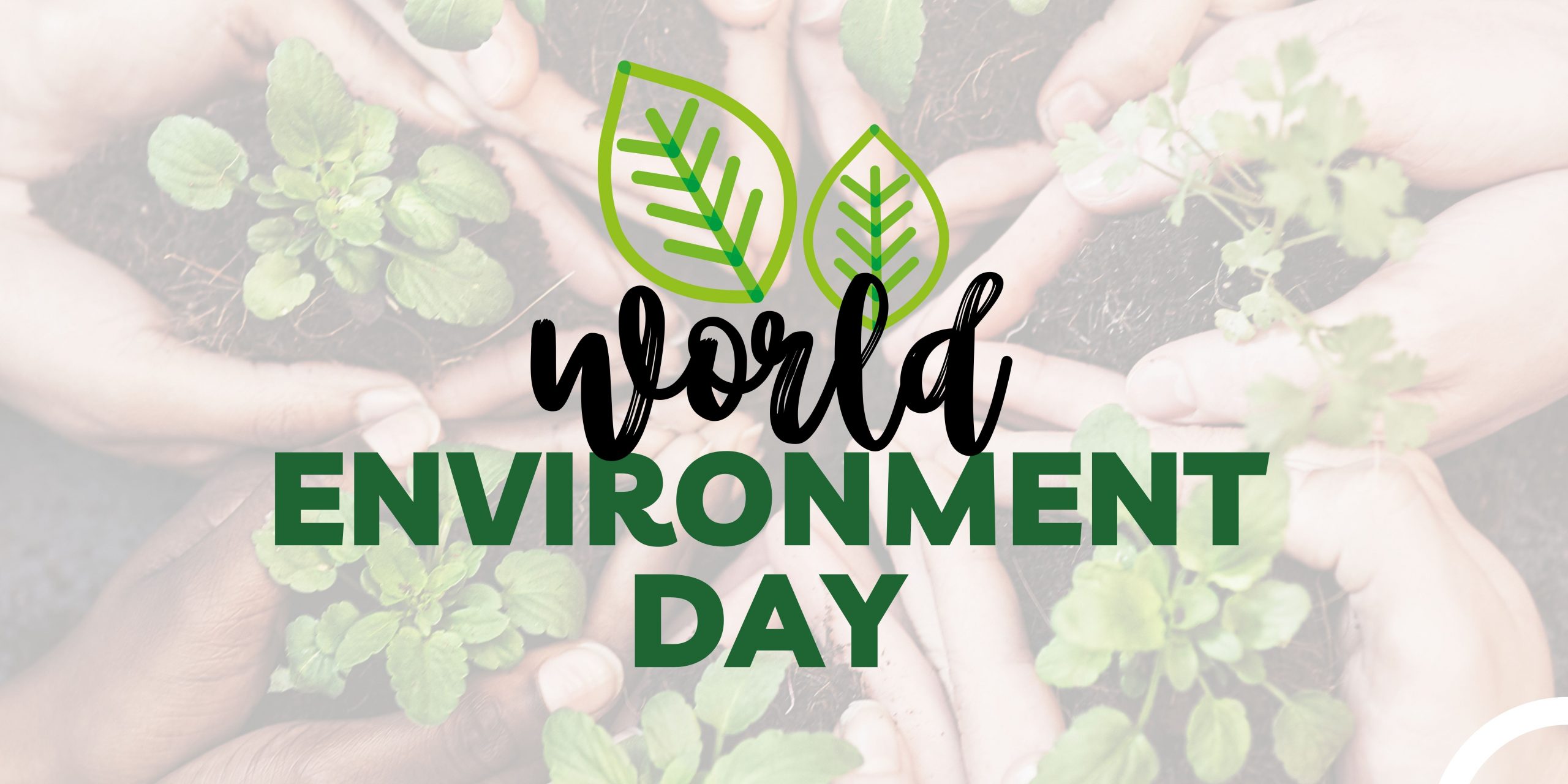
As we celebrate World Environment Day this year under the slogan “Our Land. Our Future. We are #GenerationRestoration” it resonates more than ever. This slogan is a powerful call to action, urging us to recognize the critical state of our natural landscapes and take concrete steps to restore and preserve them for future generations. Here’s a closer look at how restoration efforts can lead to significant improvements in biodiversity, climate regulation, and water security.
Why Restoration Matters:
Biodiversity Conservation
 Healthy ecosystems are the foundation of biodiversity. They provide habitats for a wide range of plant and animal species, each playing a unique role in maintaining ecological balance. When ecosystems are degraded, biodiversity suffers, leading to the loss of species and disruption of natural processes. Restoration helps reverse this damage by:
Healthy ecosystems are the foundation of biodiversity. They provide habitats for a wide range of plant and animal species, each playing a unique role in maintaining ecological balance. When ecosystems are degraded, biodiversity suffers, leading to the loss of species and disruption of natural processes. Restoration helps reverse this damage by:
- Reviving Habitats: Restoring forests, wetlands, and grasslands can bring back native species, both flora and fauna, which have been displaced by human activities. This revitalization creates a more resilient ecosystem capable of withstanding environmental changes.
- Supporting Pollinators: Many plants rely on pollinators like bees, butterflies, and birds. Restoration projects often include planting native flowering plants that attract and support these essential creatures, boosting pollination and ensuring the reproduction of a wide variety of plants.
- Enhancing Genetic Diversity: A diverse ecosystem is more adaptable to changes and stresses. Restoration increases the genetic diversity within species populations, providing a buffer against diseases, pests, and climate change.
Climate Regulation
 Forests, wetlands, and other natural landscapes play a critical role in regulating the Earth’s climate. They act as carbon sinks, absorbing carbon dioxide (CO2) from the atmosphere and storing it in biomass and soil. This process is vital for mitigating climate change. Restoration contributes to climate regulation by:
Forests, wetlands, and other natural landscapes play a critical role in regulating the Earth’s climate. They act as carbon sinks, absorbing carbon dioxide (CO2) from the atmosphere and storing it in biomass and soil. This process is vital for mitigating climate change. Restoration contributes to climate regulation by:
- Sequestering Carbon: Trees and plants absorb CO2 during photosynthesis, storing it in their tissues and the soil. Reforestation and afforestation efforts increase the number of trees, enhancing this natural carbon sequestration.
- Reducing Greenhouse Gas Emissions: Healthy ecosystems reduce the need for chemical fertilizers and pesticides, which are significant sources of greenhouse gases. By restoring natural landscapes, we can promote organic farming practices that emit fewer pollutants.
- Cooling Urban Areas: Urban heat islands are a growing problem in cities worldwide. Planting trees and creating green spaces can reduce temperatures, improve urban climates and reduce the energy needed for cooling.
Water Security
 Water is a vital resource for all life forms, and its availability and quality are directly influenced by the health of our ecosystems. Restoration efforts can improve water security in several ways:
Water is a vital resource for all life forms, and its availability and quality are directly influenced by the health of our ecosystems. Restoration efforts can improve water security in several ways:
- Improving Water Infiltration: Healthy soils and vegetation enhance the infiltration of rainwater, reducing surface runoff and allowing more water to seep into aquifers. This replenishes groundwater supplies and maintains river flows during dry periods.
- Enhancing Water Quality: Vegetation acts as a natural filter, trapping pollutants and sediments before they enter water bodies. Restored wetlands, for example, can significantly improve the quality of water by removing contaminants and nutrients that would otherwise contribute to water pollution.
- Stabilizing Water Cycles: Forests and other natural landscapes play a crucial role in regulating the water cycle. They help maintain stable local climates, ensuring regular rainfall patterns and reducing the frequency and severity of droughts and floods.
By embracing the spirit of #GenerationRestoration, we can collectively restore our planet’s degraded landscapes and build a sustainable future. Whether through individual actions, community initiatives, or organizational and governmental policies, every effort counts. Together, we can ensure that our land remains productive, our ecosystems thrive, and future generations inherit a healthier, more resilient planet. Let’s take action now for our land, our future, and our world.
Raihana, Dietitian












